See how much money your Coffs Coast school made
Coffs Coast’s richest school has raked in more than $104.6 million in five years with an average cost per student of $21,374, tightly held school statistics reveal. See how much funding your school had access to.
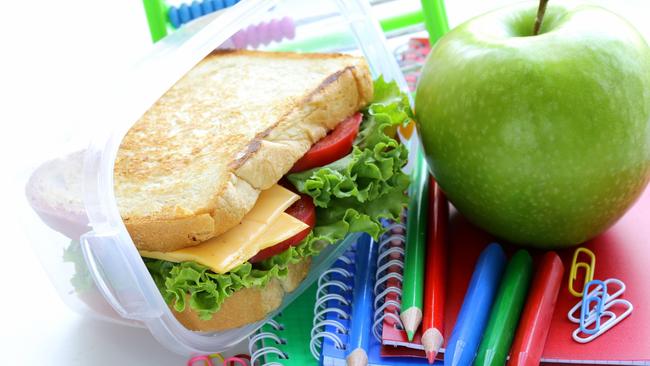
Schools Hub
Don't miss out on the headlines from Schools Hub. Followed categories will be added to My News.
An independent analysis of school financial records from the MySchool website has shown the massive amount of money some schools make every year, and how little some schools make do with.
The figures reveal Bishop Druitt College in Coffs Harbour had a higher gross income than any other school in the Coffs Coast region.
The school made a gross income of $104.6 million, according to financial records from the combined past five years.
The school’s income increased by 18 per cent between 2017 and 2021.
Its’ total gross income per student in 2021 was $21,374.
The region’s second richest school was St John Paul College, in Coffs Harbour, which had a gross income of $91.8 million.

Its’ total gross income per student in 2021 was $20,048.
The school with the third highest gross income was Coffs Harbour Christian Community School, in Bonville, which made $82.6 million.
Its’ total gross income per student in 2021 was $22,250.
Ironically, a number of the schools on the so-called ‘poorest list’ actually enjoyed a higher income per student than the large private schools.
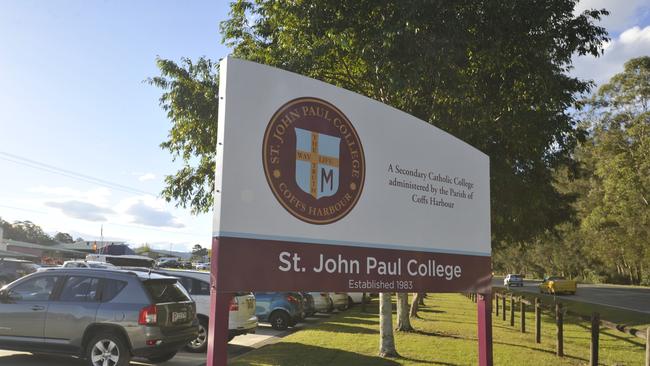
NSW Teachers’ Federation organiser for the Mid North Coast, Ian Watson, acknowledged a school’s funding is important.
“Money does matter and all that teachers want is pretty simple, for governments to guarantee that every school be provided the resources it needs to ensure every child gets the best education, regardless of their background or circumstances,” Mr Watson said.
“This simple request appeared a reality more than a decade ago when the initial Gonski schools funding agreement was signed between the then Federal Labor Government and State Coalition Government.”
But Mr Watson said that path was derailed in 2017 when the federal government capped the Commonwealth’s contribution to public school funding at 20 per cent of the Schooling Resource Standard (SRS).
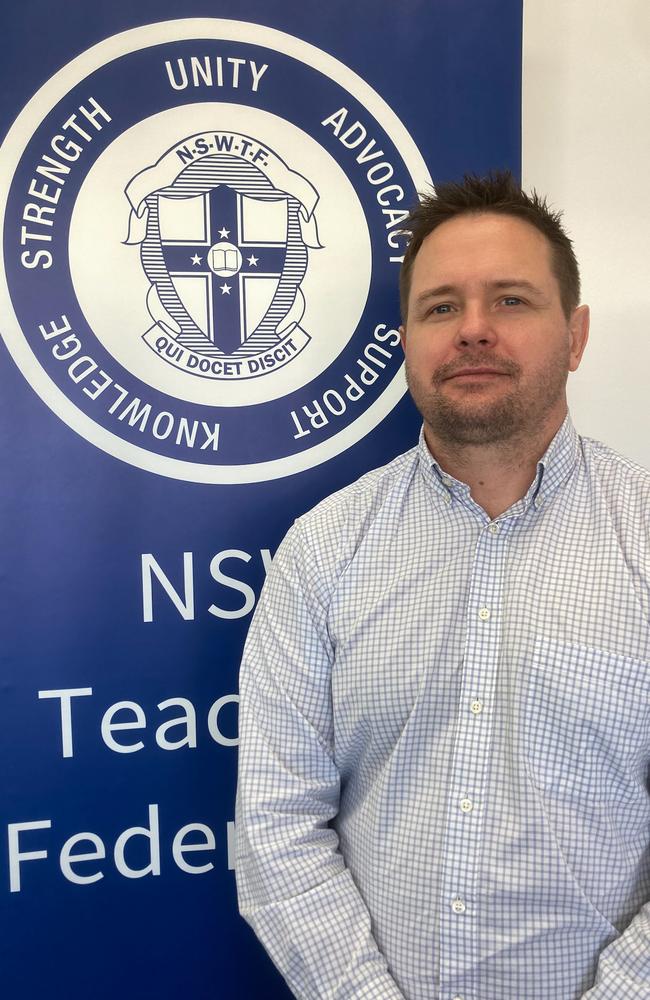
“Public schools remain at only 92 per cent of the SRS in 2023, denying public schools the vital resources needed for their students and entrenching school funding inequality across Australia,” he said.
Mr Watson said the new Labor governments at both NSW and federal level gave hope that things will change.
“The fact that both state and federal ministers are committed to a funding model that guarantees our students the resources they need means we might finally get the job done to give our schools, our kids, the funding they need, the funding they deserve,” he said.
The Coffs Coast school income figures from the MySchool website include all fees, charges and parental contributions as well as state and federal Government funding and any other private sources over the five years from 2017 to 2021.

It does not include any deductions for capital works or debt servicing.
The analysis does not include special schools or schools that did not have complete financial data in MySchool for one or more of the five years.
Hernani Public School near Dorrigo had the lowest gross income of any school in the Coffs Coast region.
It made $2.3 million over the five year period.

But its’ total gross income increased by 51 per cent from 2017 to 2021 while the total gross income per student in 2021 was $71,241.
Ebor Public School at Ebor had the second lowest gross income of any school in the Coffs Coast region.
It made $2.7 million over the five year period.
Its’ total gross income increased by 11 per cent from 2017 to 2021 while the total gross income per student in 2021 was $45,469.
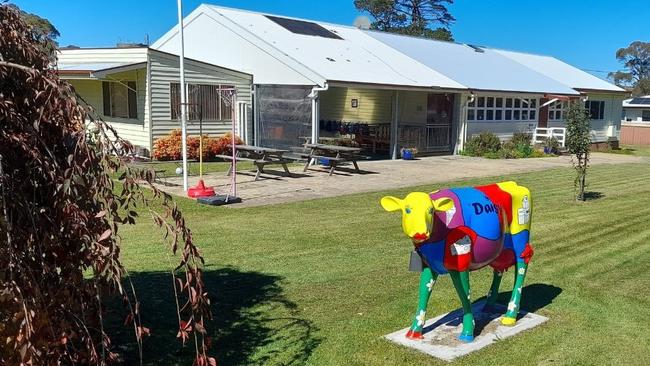
Ulong Public School at Ulong had the third lowest gross income of any school in the Coffs Coast region.
It made $3 million over the five year period.
Its total gross income increased by 42 per cent from 2017 to 2021 while the total gross income per student in 2021 was $46,333.
A NSW Department of Education spokesperson said money was not the be-all determinant of school performance.
“The greatest positive influence on student engagement and education outcomes is quality teaching,” the spokesperson said.
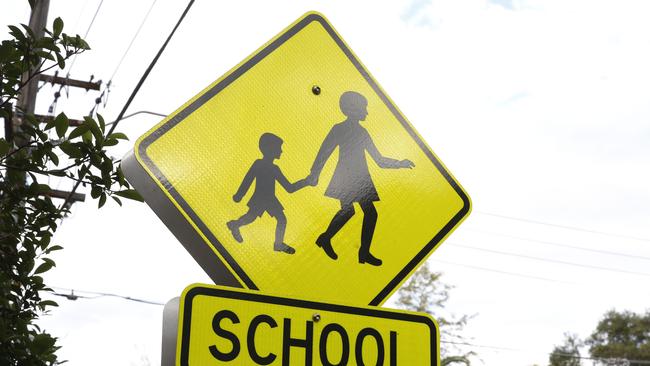
“That’s why we are looking to support teachers with providing more admin staff to allow them more time to teach, working to increase their pay to reflect the value we place on them and employing more teachers and school counsellors through the Education Future Fund.
“We will be working closely with the Commonwealth Government to bring about a fair funding outcome for public schools.”
COFFS COAST SCHOOLS WITH LARGEST INCOME
Bishop Druitt College: $104.6 million
St John Paul College: $91.8 million
Coffs Harbour Christian Community School: $82.6 million
Coffs Harbour High School: $75.1 million
Toormina High School: $70.4 million
Orara High School: $66.3 million
Woolgoolga High School: $65.7 million
Bellingen High School: $49.5 million
Coffs Harbour Senior College: $48.9 million
St Augustine’s Primary School: $47.4 million
COFFS COAST SCHOOLS WITH LEAST INCOME
Hernani Public School: $2.3 million
Ebor Public School: $2.7 million
Ulong Public School: $3 million
Raleigh Public School: $3.1 million
Orama Public School: $3.2 million
Lowanna Public School: $3.5 million
Dundurrabin Public School: $3.5 million
Coffs Harbour Bible Church School: $3.6 million
Orara Upper Public School: $3.7 million
Coramba Public School: $4.2 million.




